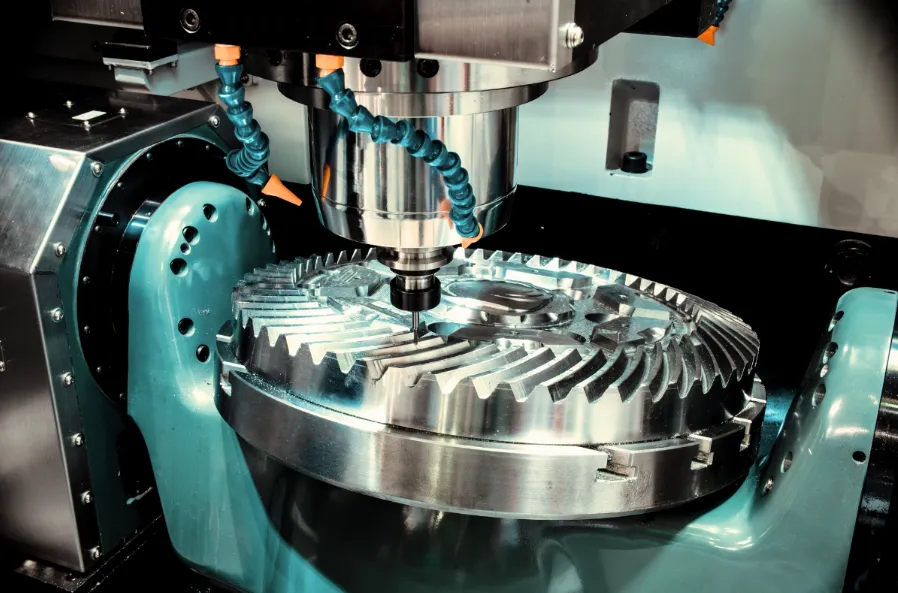3D machining has emerged as a pivotal technology in the manufacturing sector, revolutionizing how components are designed, produced, and inspected. This innovative process combines traditional machining techniques with advanced 3D modeling and printing technologies, enabling manufacturers to create complex parts with unparalleled precision and efficiency.
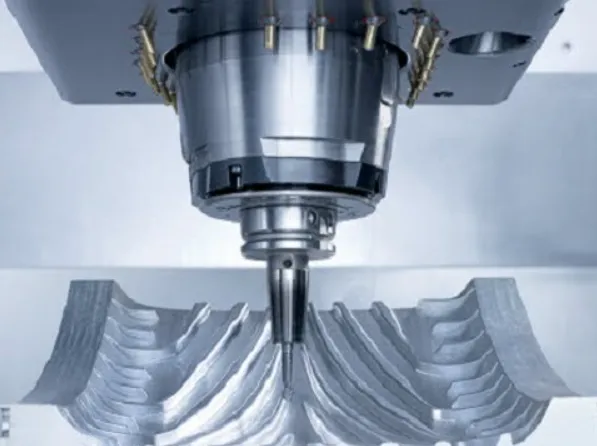 At the heart of 3D machining is computer numerical control (CNC) technology, which drives the machining tools with high accuracy based on digital designs. With CNC machining, manufacturers can produce intricate geometries that would be difficult or impossible to achieve with manual machining methods. The process begins with a detailed computer-aided design (CAD) model that serves as the blueprint for the part. This model is translated into machine code that instructs the CNC machine on how to cut, mill, or engrave the material. Such a streamlined workflow significantly reduces the lead time from design to finished product.
At the heart of 3D machining is computer numerical control (CNC) technology, which drives the machining tools with high accuracy based on digital designs. With CNC machining, manufacturers can produce intricate geometries that would be difficult or impossible to achieve with manual machining methods. The process begins with a detailed computer-aided design (CAD) model that serves as the blueprint for the part. This model is translated into machine code that instructs the CNC machine on how to cut, mill, or engrave the material. Such a streamlined workflow significantly reduces the lead time from design to finished product.
One of the standout advantages of 3D machining is its ability to optimize material usage. Traditional machining often results in substantial waste, as parts are carved from larger blocks of material, leading to cut-offs and scrap. In contrast, 3D machining allows for additive manufacturing techniques, such as selective laser sintering or fused deposition modeling, that build parts layer by layer. This method not only minimizes waste but also enables the use of advanced materials, including composites and lightweight alloys, which improve performance while reducing weight.
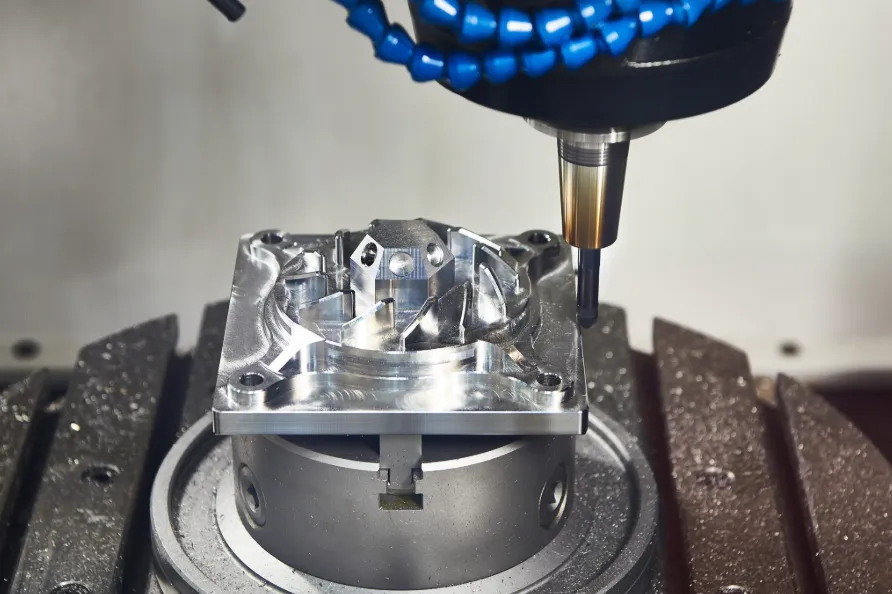
Furthermore, the ability to swiftly iterate on designs is another compelling benefit of 3D machining. Engineers can easily modify CAD models and rerun the machining process, allowing for rapid prototyping. This is particularly beneficial in industries such as aerospace and automotive, where design changes must be implemented quickly to adapt to new regulations or technological advancements. The efficiency of 3D machining aids in reducing the product development cycle, allowing companies to bring innovative products to market faster than ever before.
Quality control is paramount in manufacturing, and 3D machining significantly enhances the precision of produced parts. CNC machines are equipped with advanced sensors and feedback systems that ensure each component meets rigorous specifications. Real-time monitoring allows for immediate adjustments during production, reducing the likelihood of defects. This capability is crucial in industries where safety and reliability are non-negotiable, such as in medical device manufacturing and automotive production.
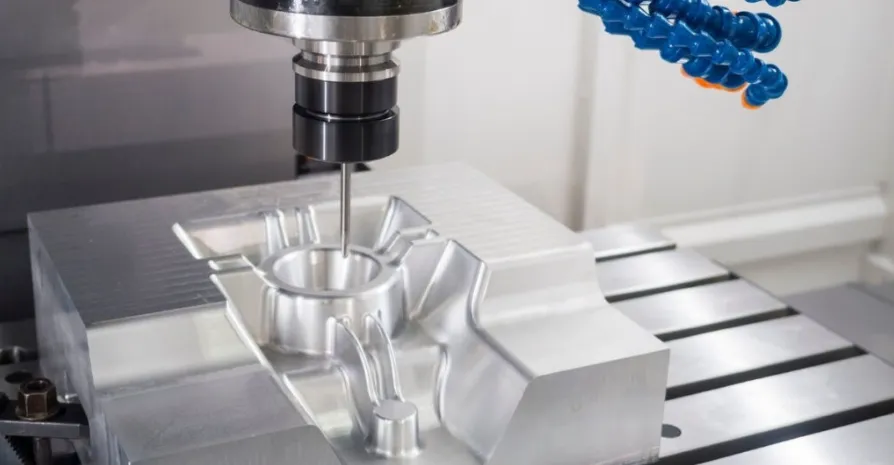
The versatility of 3D machining extends beyond the size and complexity of parts; it also accommodates a wide range of materials. From metals and plastics to ceramics and even biological materials, manufacturers can select the most suitable materials for their specific applications. This flexibility not only broadens the scope of what can be produced but also opens up opportunities for innovation in product design and functionality.
As industries continue to embrace the digital transformation, the integration of 3D machining is set to play a critical role. The convergence of data analytics, artificial intelligence, and machining technologies will lead to smarter manufacturing processes. Predictive maintenance, for example, uses data to anticipate equipment failures, minimizing downtime and enhancing productivity. Furthermore, the digital twin concept, which involves creating a virtual representation of machining processes, allows for real-time monitoring and optimization, driving efficiency to new heights.
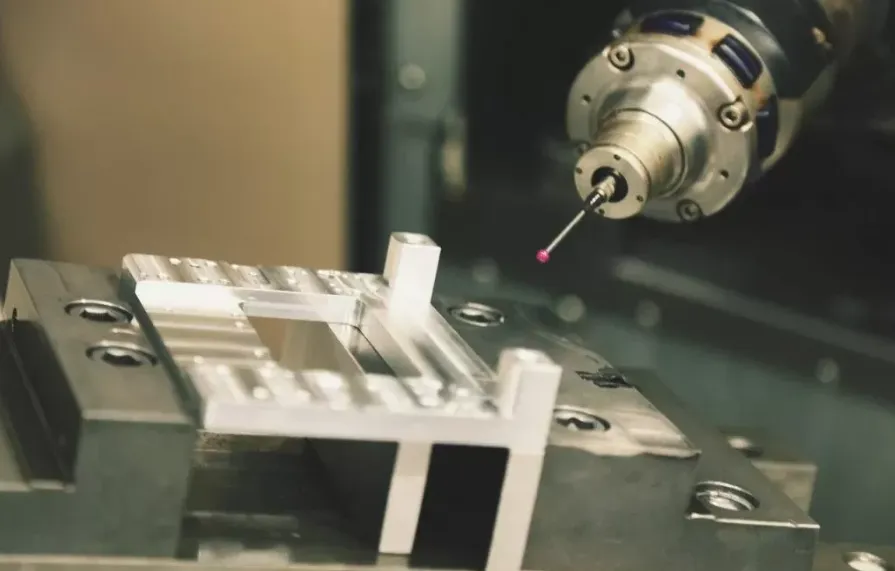
In conclusion, 3D machining stands at the forefront of modern manufacturing, representing a significant leap forward in precision, efficiency, and innovation. As businesses increasingly adopt this technology, the landscape of manufacturing will continue to evolve, fostering a new era of industrial capability that meets the demands of today’s dynamic market.

